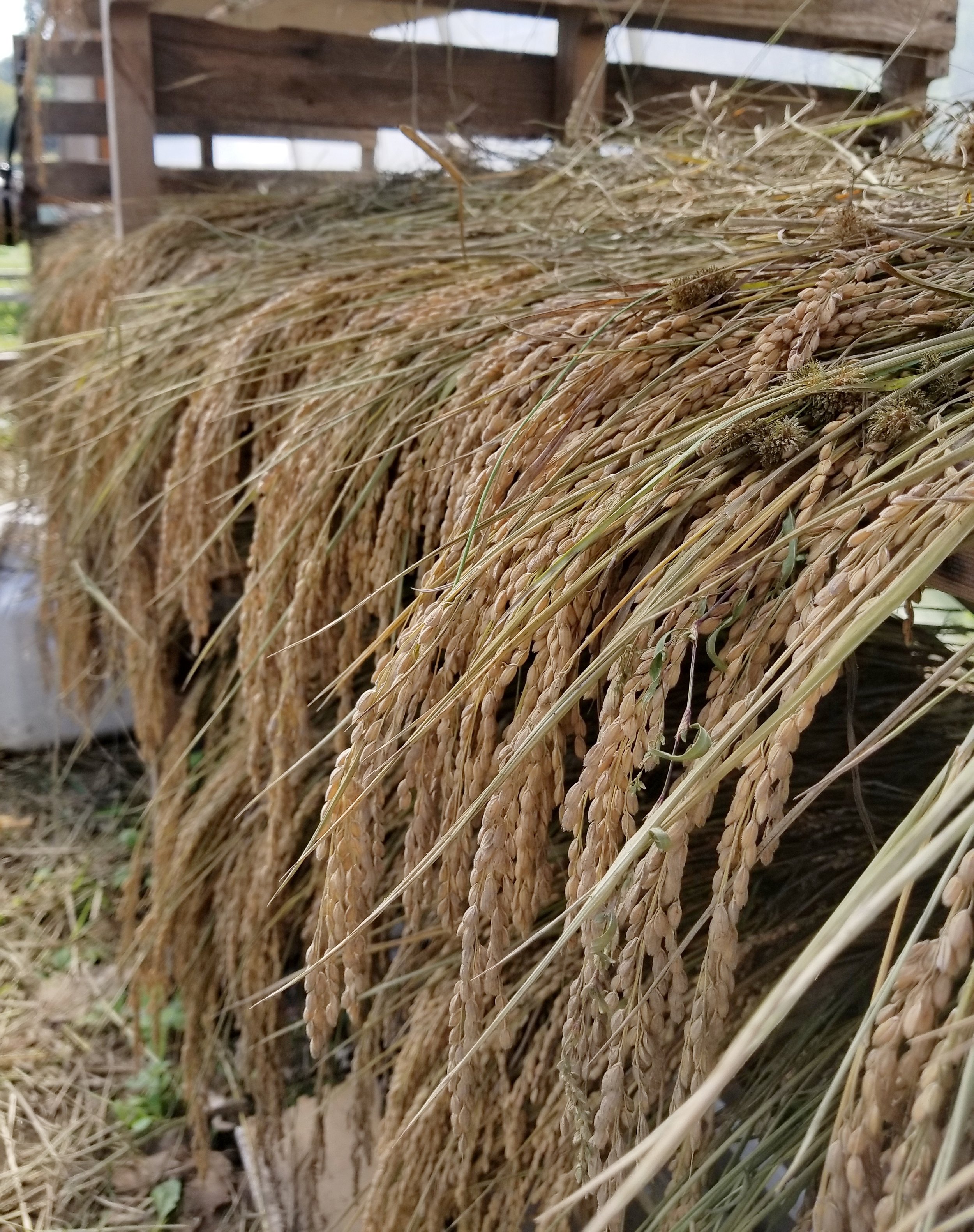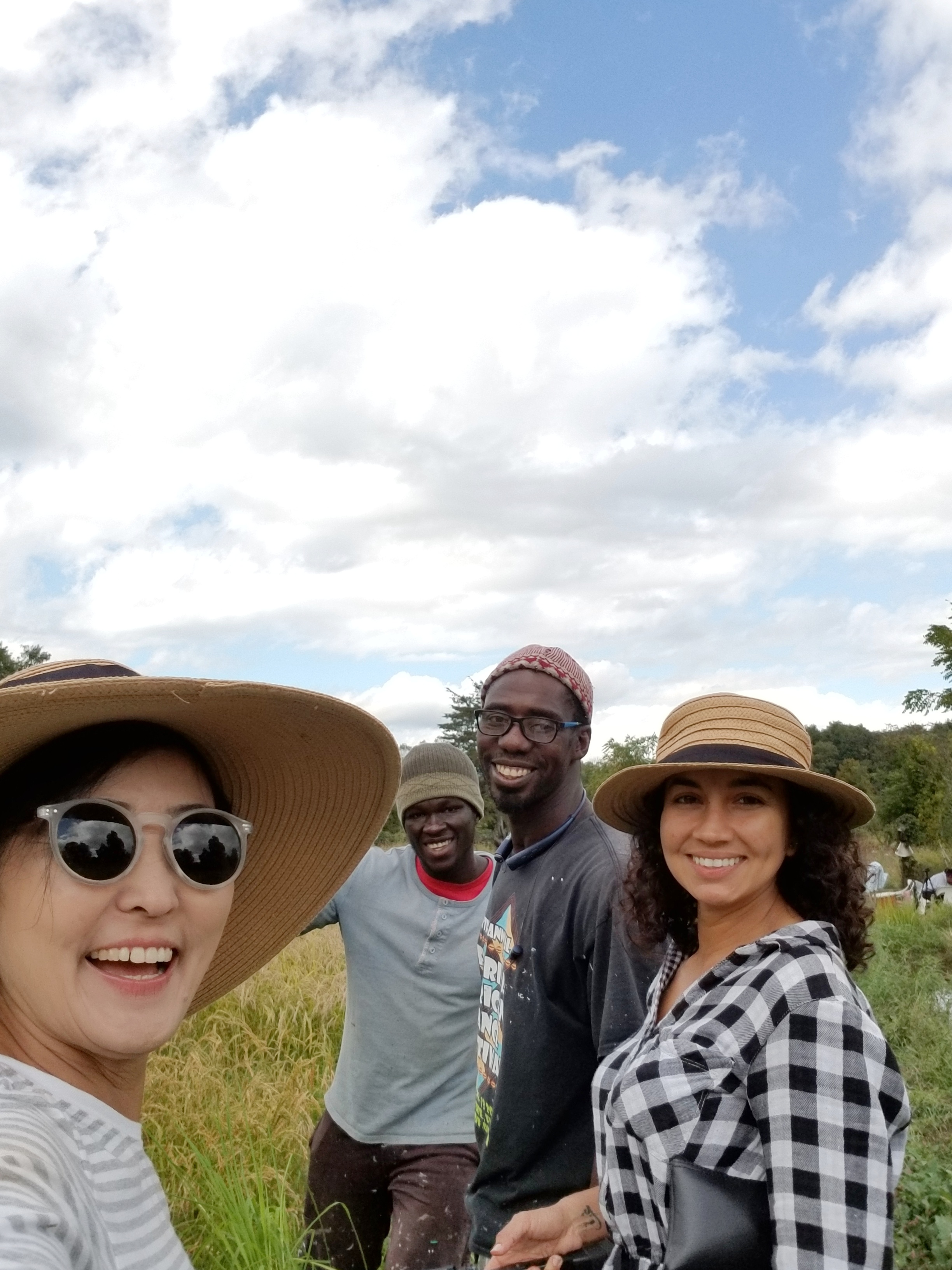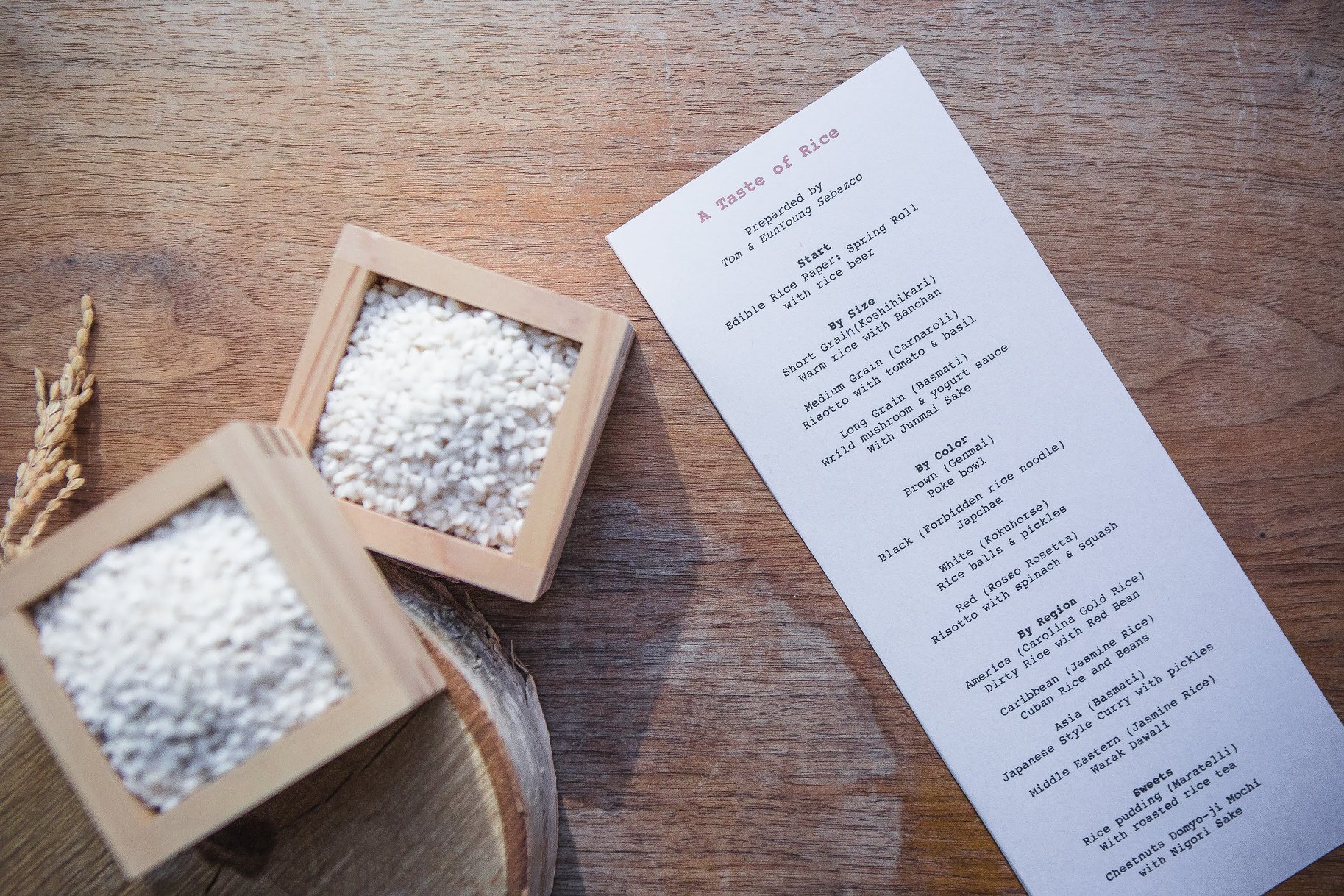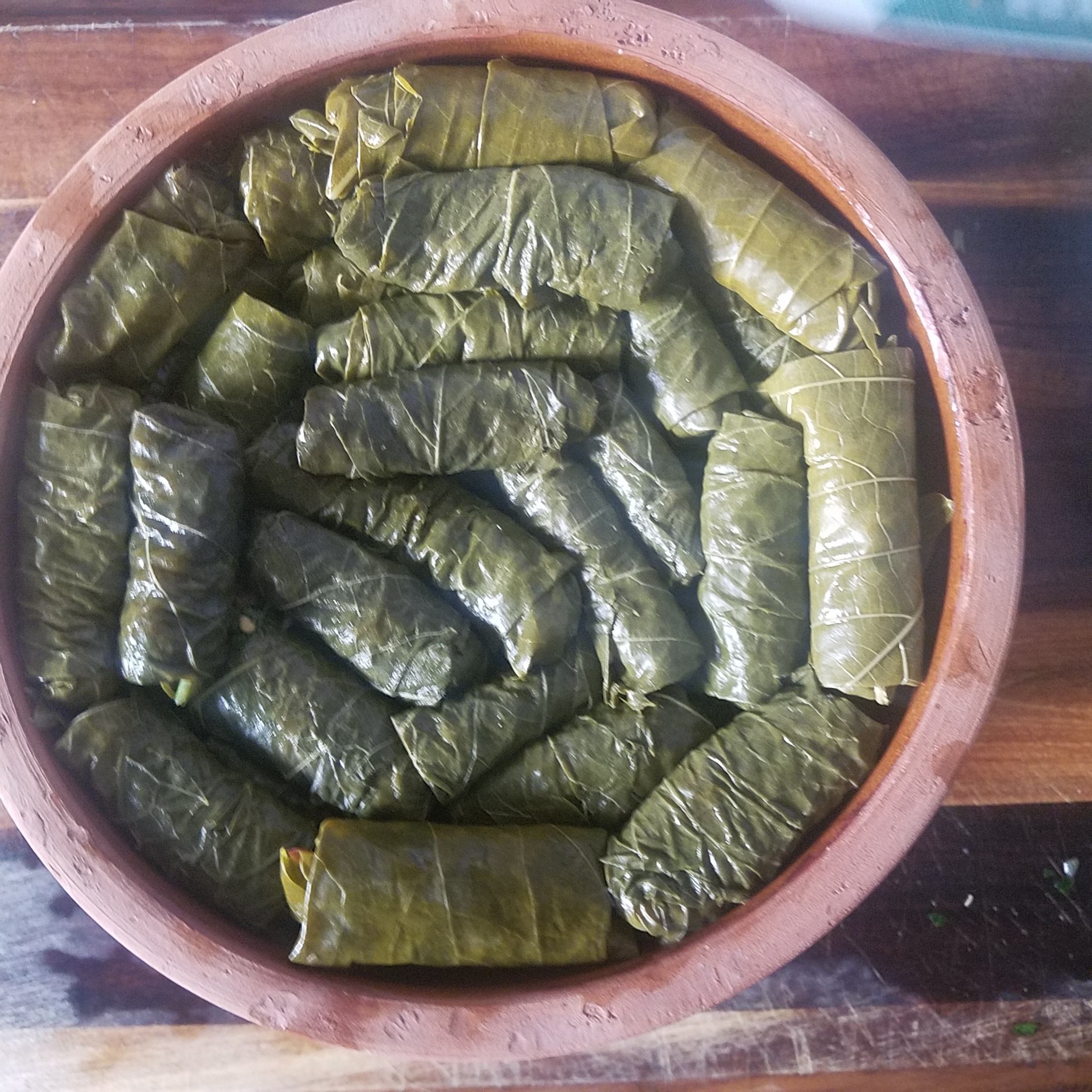Today the seeding happens by tractor, guided by satellite GPS. Under the funnel, the brown seeds are spread by a rotor that spins them around. This process takes place on a dry paddy field and when it is finished the rice field is immediately flooded to prevent flocks of birds from eating the freshly planted seeds. To prevent the rice from floating, the rice is pre-soaked in large tanks the day before planting occurs.
Modern tractors are still modeled on the ancient technique, when the rice was spread by the masterly hand of the “Risar” seed planter.
The Risar was a man of knowledge and experience because the best crop was dependent on his good work. On his left arm he kept rice seeds, and with his right hand he spread seeds every one or two steps with an arched motion.
In past they usually sowed in the flooded paddy. The water let them control how well the paddy was smoothed. To see where the arch of seed had landed, two men called “spie” (literally “spies”) accompanied the Risar with long sticks so he could see where the last seeds had been spread. In this way, as they do now with GPS, it was ensured that the seeds were not wasted, and parts of the field were not left uncultivated.
























